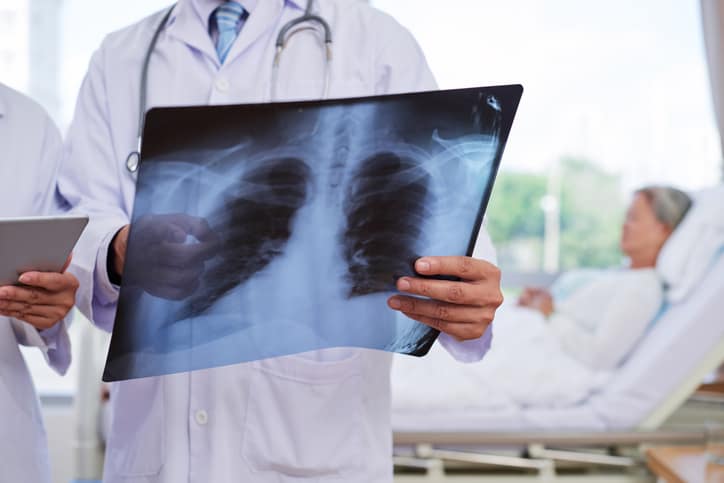This study states that Extreme intense respiratory disease (SARI) was characterized in 2011 for reasons for worldwide observation. The 2011 definition orchestrated heterogeneous definitions utilized by three WHO districts, along these lines working with examinations. The corrections incorporate one definition for all age gatherings to improve on execution, dropping “windedness” and “breathing trouble,” adding “history of fever” and expanding the beginning of side effects to 10 days. SARI is currently characterized as an intense respiratory sickness with a background marked by fever or estimated fever of ≥38°C and hack, with beginning inside the previous 10 days and requiring hospitalization.1 This case definition empowers checking of serious flu related illnesses and appraisal of weight. Serious intense respiratory contamination models are not explicit for flu. Various respiratory infections other than flu and bacterial etiologies in patients that met SARI measures have been accounted for from past studies.2-4 Several infections and microbes that cause foundational sicknesses, for example, dengue virus,5, 6 chikungunya virus,7, 8 Salmonella spp.,9 Leptospira spp.,10 and Rickettsia typhi11 may give a respiratory ailment and satisfy the SARI standards.
Reference link- https://onlinelibrary.wiley.com/doi/10.1111/irv.12781


